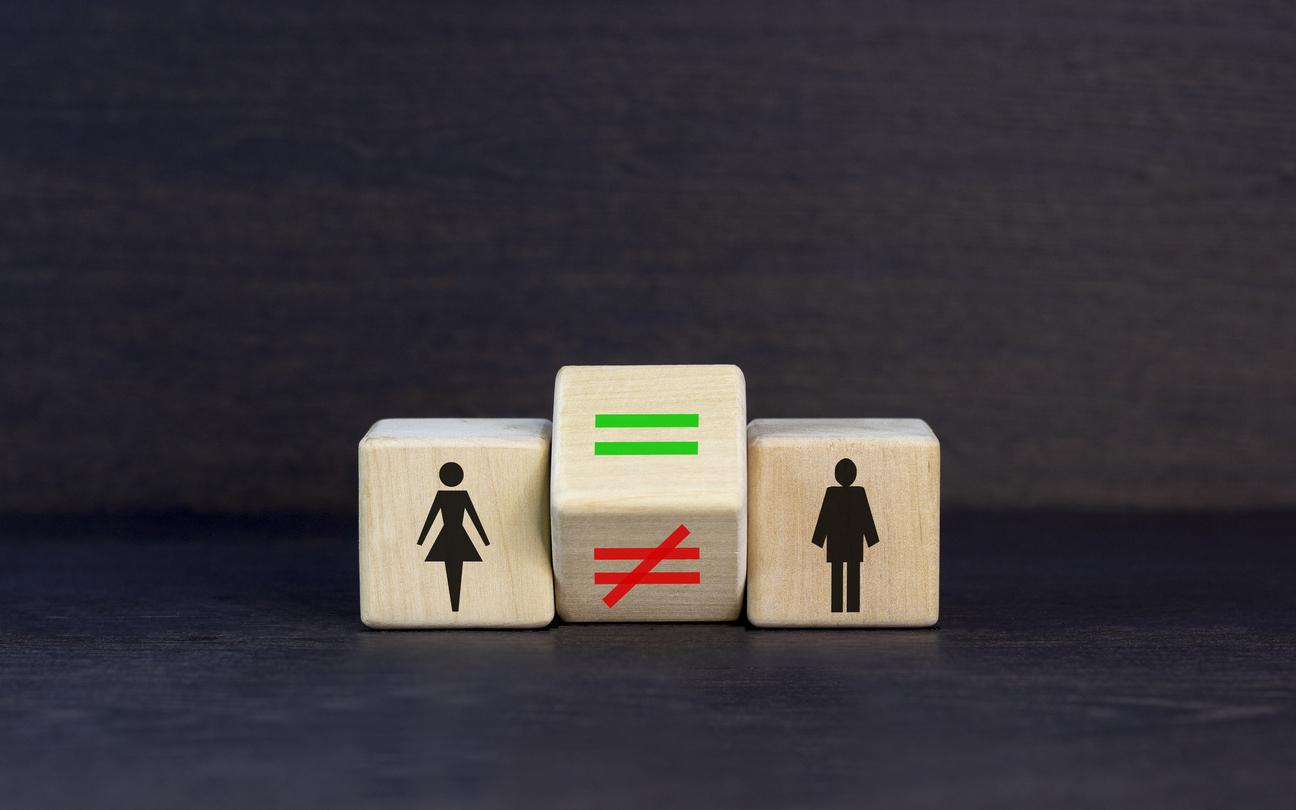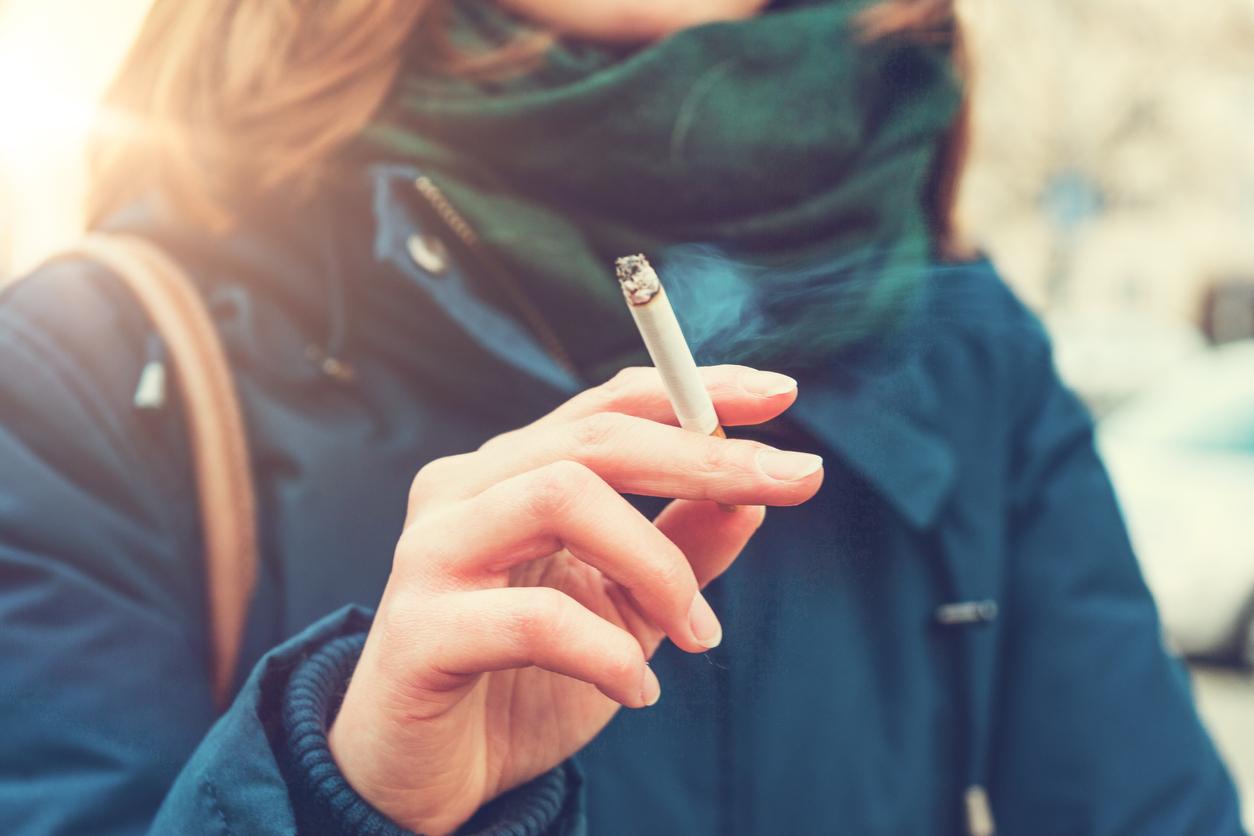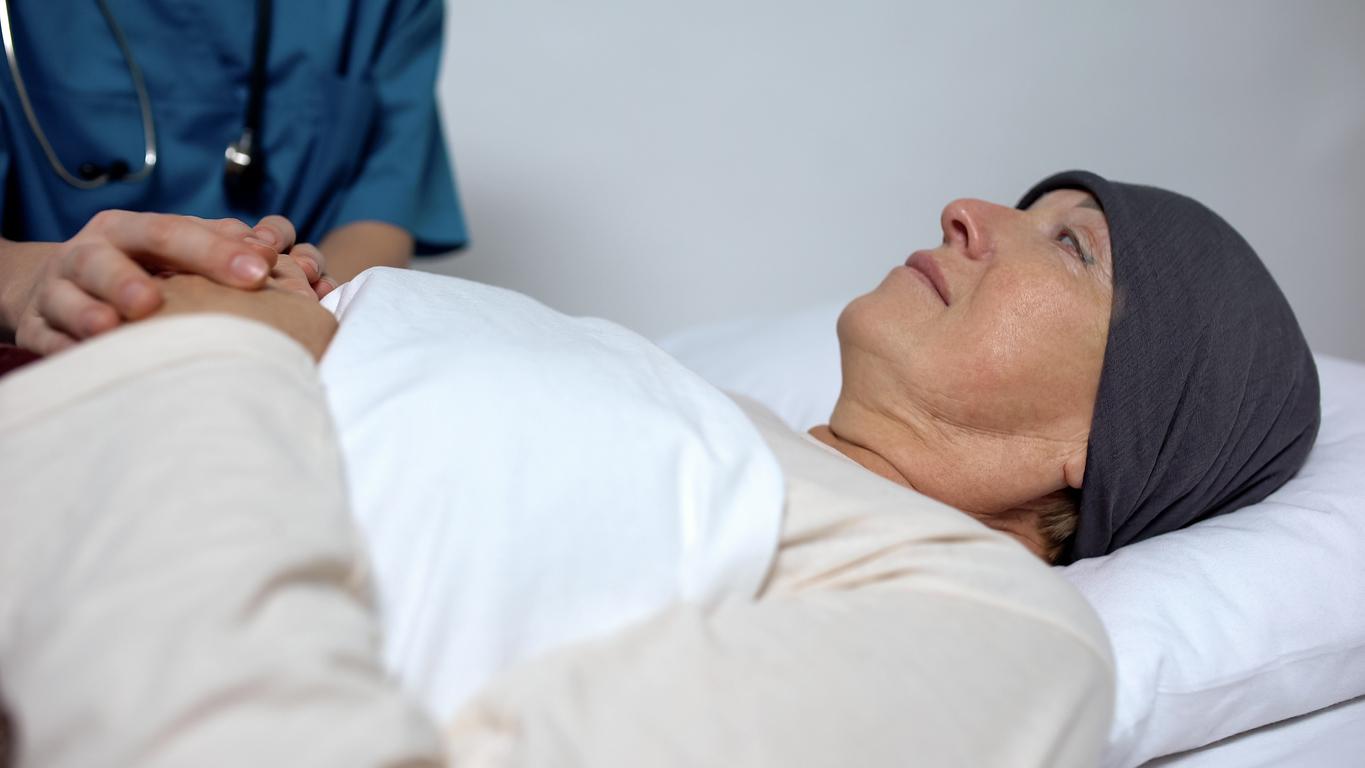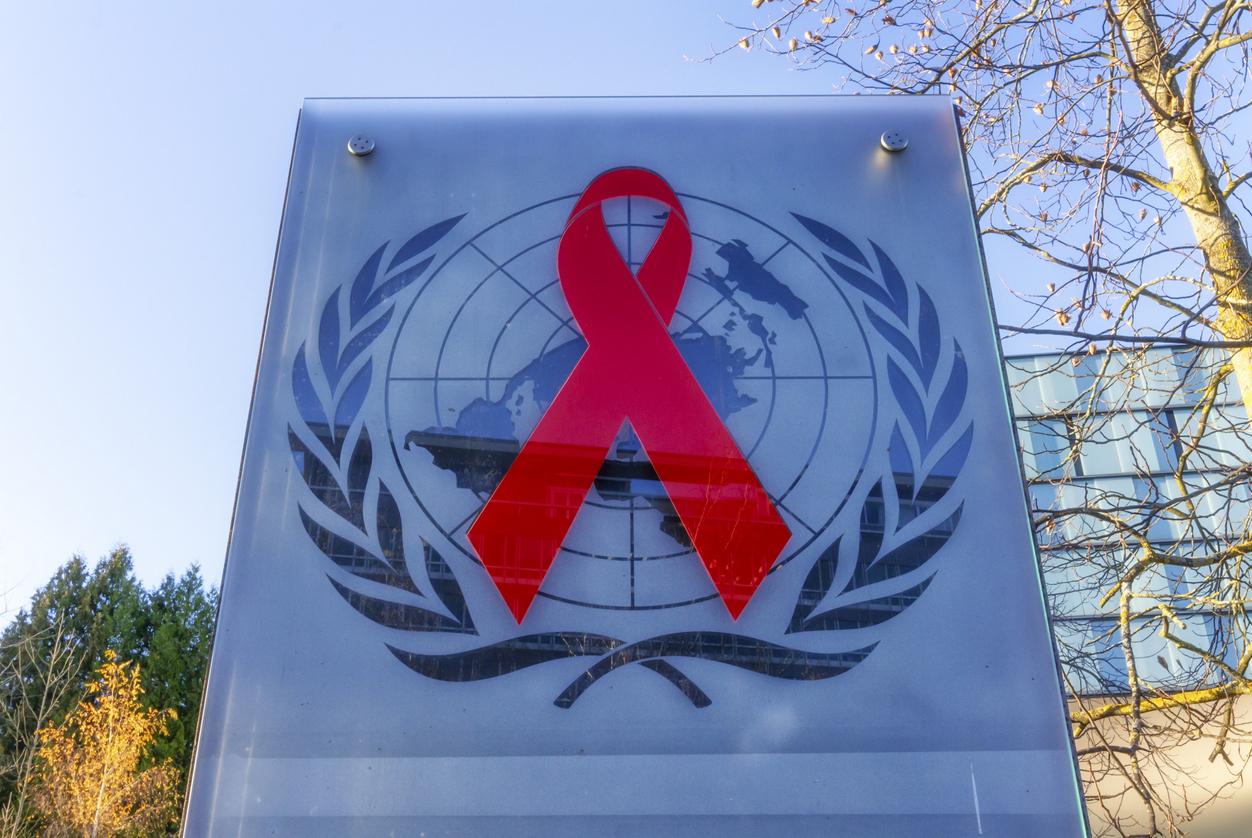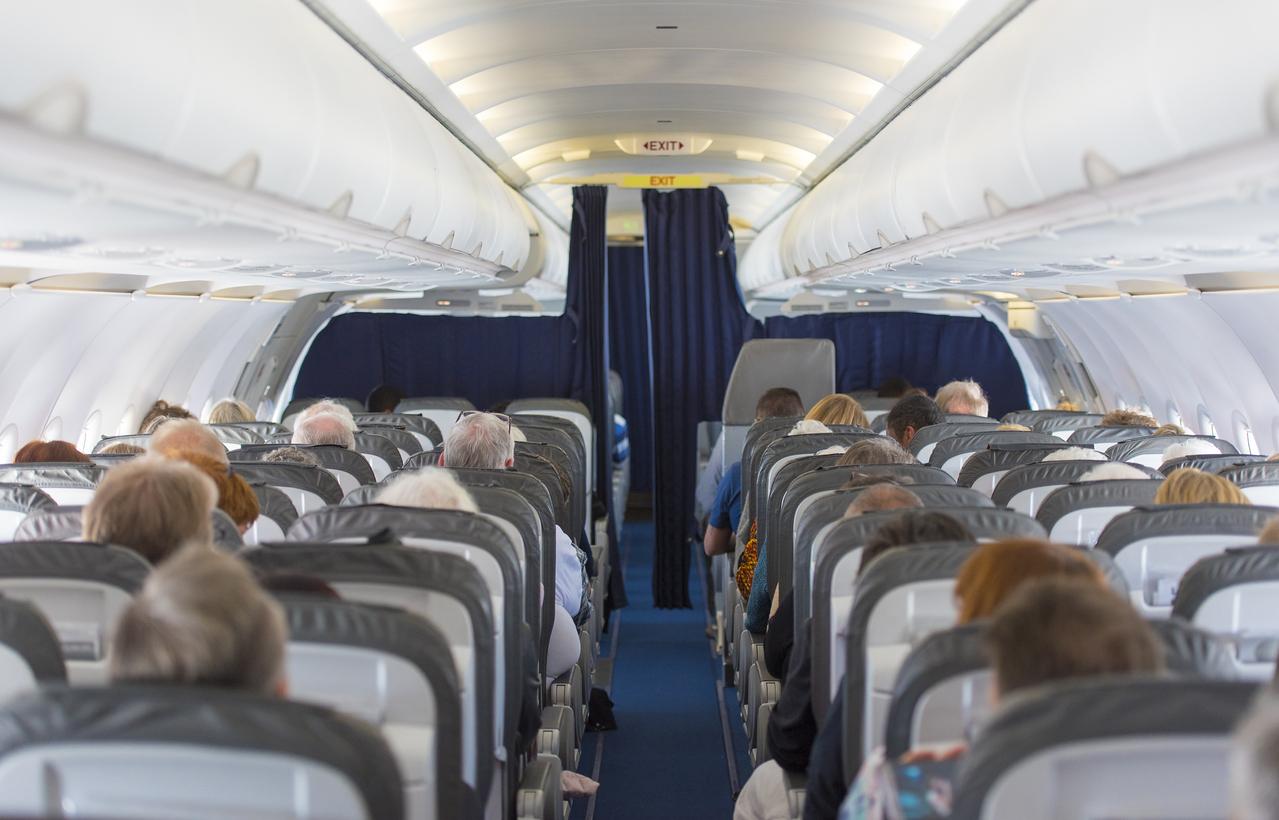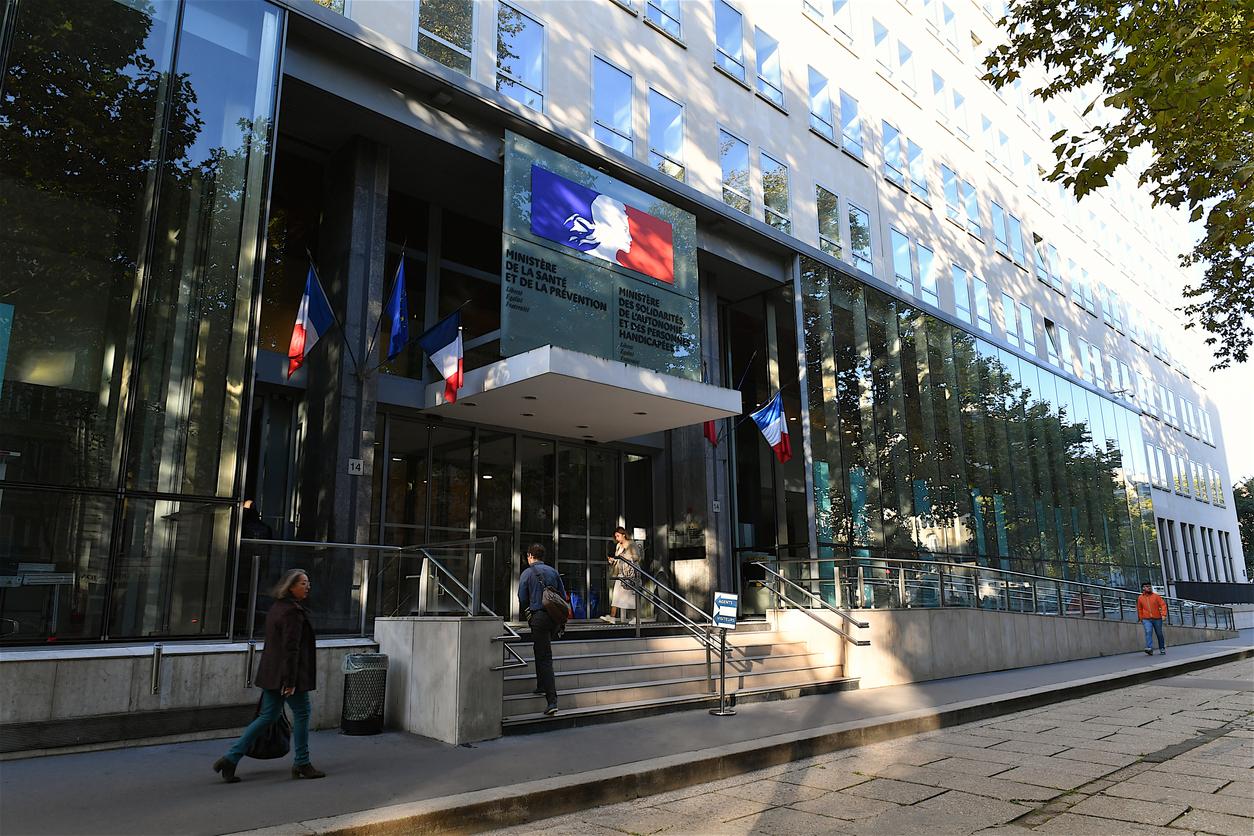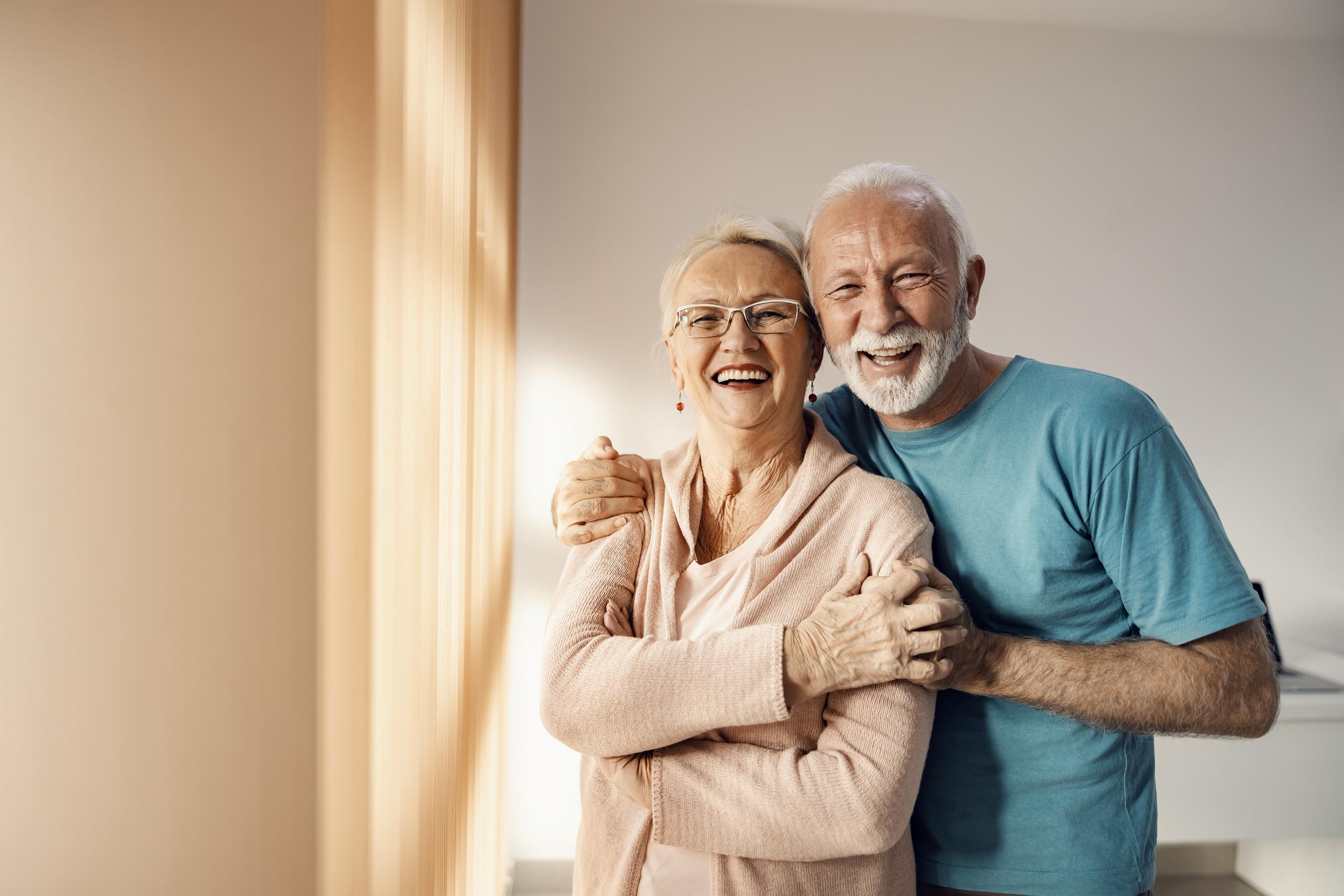The deputies adopted, by a large majority, the bill proposed by deputies Jean Leonetti (UMP) and Alain Claeys (PS) which provides for the use, in certain cases, of deep and continuous sedation.

“Sleep before dying so as not to suffer”. This is how the UMP deputy, presented last week to the National Assembly, with his PS colleague, Alain Caleys, the proposed law on the end of life. The deputies adopted it this Tuesday at first reading by 436 votes against 34. By opening the existing law to the possibility of resorting to “deep and continuous sedation” and making the advance directives binding, the two deputies succeeded in convincing a majority of their colleagues, from the left and right ranks.
Back to the main provisions of this text.
Deep and continuous sedation
The definition of this term is as ambiguous as it is central. The entire end-of-life bill is indeed based on this notion. Concretely, sedating a patient consists of plunging him into a more or less deep sleep using a medicinal cocktail made up of powerful sleeping pills and painkillers. It is a technique widely used in palliative care, which avoids any suffering.
In the Claeys / Leonetti report, the patient may demand to receive this medicinal mixture continuously until death. The doctor, who was until now the only one able to take this decision, is then obliged to accede to his request. Only patients with a serious and incurable disease, whose prognosis is short-term and whose suffering is refractory to treatment, may require terminal sedation.
Death is caused in a few days, by stopping the treatments that accompany this terminal sedation, or by interrupting artificial hydration and diet. The potency and quantity of the drugs injected can also speed up death. However, the gesture differs from euthanasia.
Artificial hydration and nourishment
Medically assisted hydration and nutrition are widely used in intensive care and palliative care. They are imposed on patients who cannot eat or drink. An infusion then supplies the patient with vital elements – water, food. When the decision of terminal sedation is made, the healthcare teams systematically interrupt hydration and diet. The Claeys / Leonetti report reaffirms this principle, based on the idea that it is inconsistent to continue to feed while sedating until death, “the effects of one opposing the effects of the other”.
But many voices find it shocking to let someone “starve” or thirst. They therefore require the continuation of feeding during terminal sedation. Note that if the dehydration is visible to those around the patient (dry mouth and skin, etc.), the patient is not supposed to suffer, since he is sedated.
Advance directives
During his life, any adult can write a declaration in which he specifies his wishes as to his end of life. She thus decides, in advance, if she wishes the care to be continued at all costs, or if she rejects any form of therapeutic relentlessness. These directives are revocable. They are particularly useful in case of inability to express one’s will (coma, vegetative state…).
The Claeys / Léonetti report provides that these directives are binding. Thus, the doctor is bound to comply with it. Until now, he alone had the power to decide to end treatment and sedate the patient until death. Admittedly, there is nothing encouraging about writing such wishes – moreover, only 2% of the French population have written them. However, they make it possible to avoid tragedies such as the Lambert affair, where a family is torn apart over the fate of a person plunged into a coma, unable to express their will. A form is available on the Public Service website.
.








